Japanese hair art: geiko wigmakers in Kyoto bring modernity to an age-old art
In the first of a three-part series on Japanese hair art, we visit the studio of a father-and-son team in Kyoto, making wigs for the city’s geishas
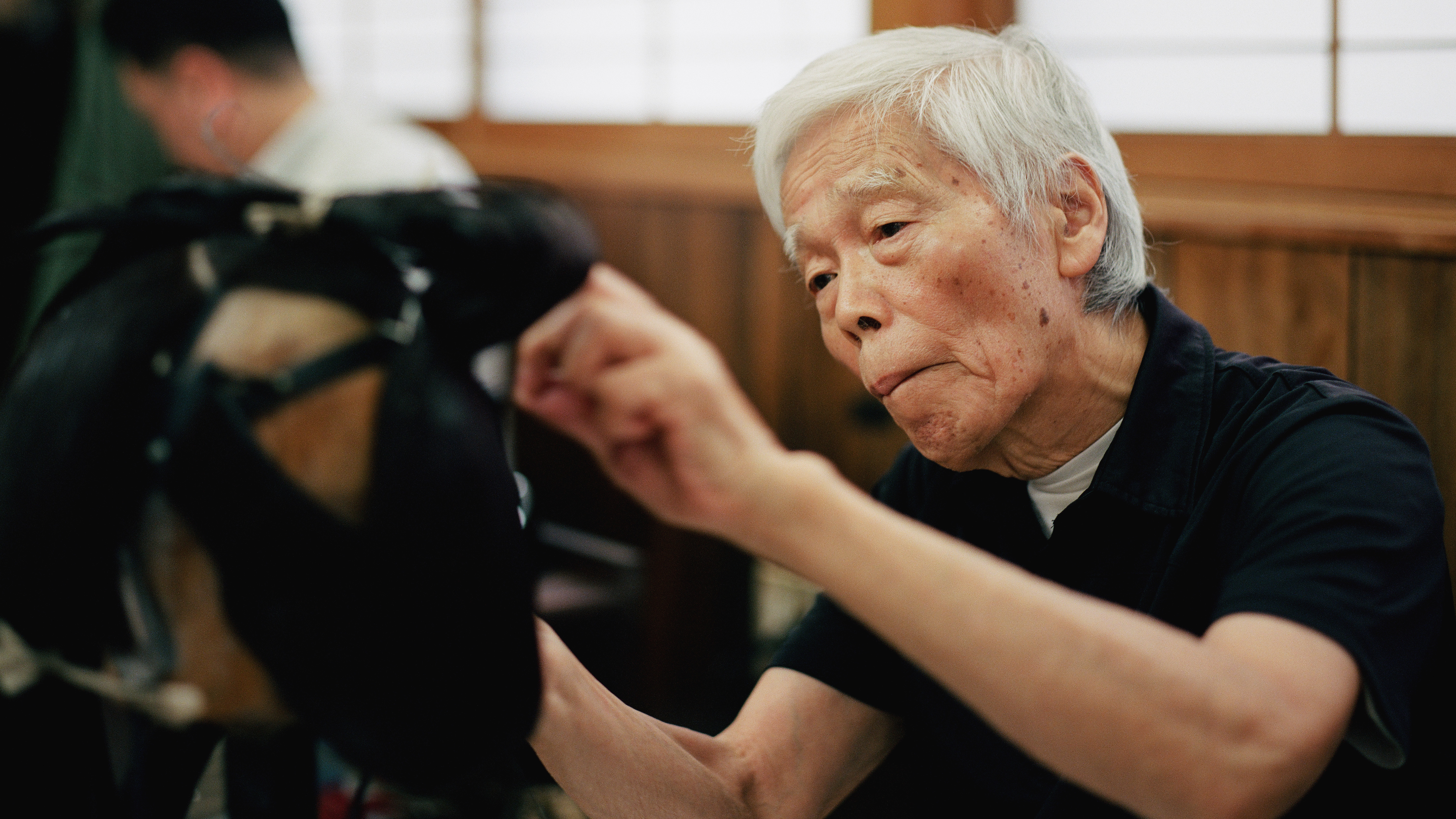
Prissilya Junewin – photography
There are more beauty salons in Japan than there are konbinis (convenience stores). Currently, the ratio is around 250,000 beauty salons to 56,000 konbinis. In Omotesando, Tokyo, a battleground for beauty salons, it is said that there are more than 300 within a kilometer radius.
The Japanese obsession with beautiful hair goes back to ancient times, with different historical periods known for different artistic and experimental hairstyles. One notable example of hair art that remains deeply rooted in Japanese society today is the so-called 'geisha hair', which differs depending on social status, age, and other factors.
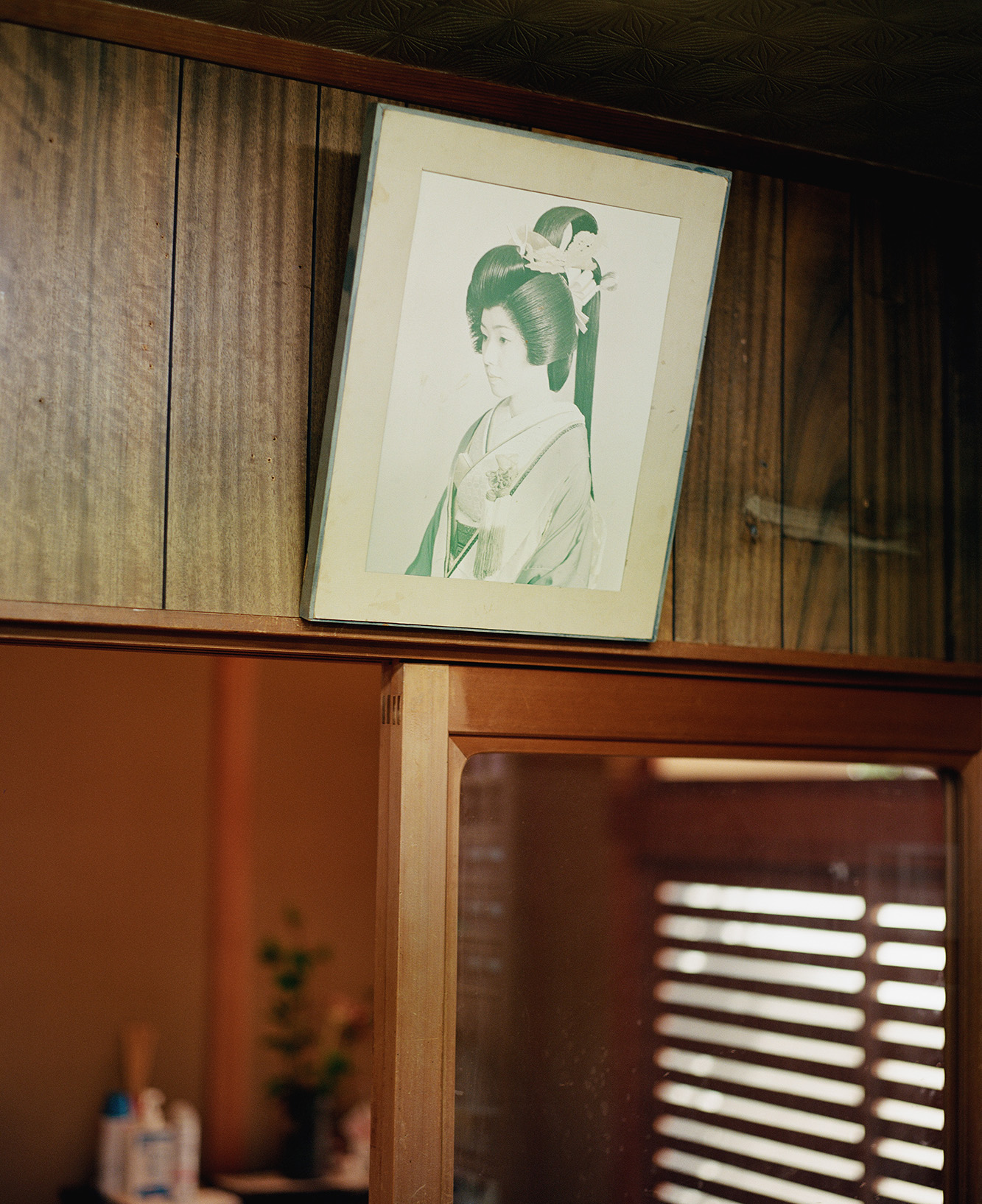
Inside Kyokatsura Imanishi wigmaker’s in Kyoto
To get a closer look at Japanese hair art over time, Prissilya Junewin, a Berlin-based, Indonesian-born Chinese photographer, visited three cities in Japan and documented hair artisans’ craftsmanship through different generations and specialisations.
This article is the first in a three-part series that looks behind the scenes of their work and philosophy. First stop, Kyoto wigmaker’s Kyokatsura Imanishi.
Kyokatsura Imanishi, Kyoto: hair art traditions passed down through generations
Among the many unique regional cities of Japan, Kyoto holds an exceptional position. In the local redlight districts, such as Gion, there are an abundance of ‘teahouses’ where geishas entertain their customers every day. They are known for their secrecy, and many do not allow first-time visitors without a recommendation from their regular customers.
Thanks to this system, the industry remains shrouded in mystery. Yasuo Imanishi and his son Yasunori are two of the few people who are allowed to intervene in such a mysterious world. They specialise in making wigs for geiko (senior geishas), differently from maiko (junior geishas), who have their hair done with natural hair. A whopping 90 per cent of all geiko in Kyoto are their clients.
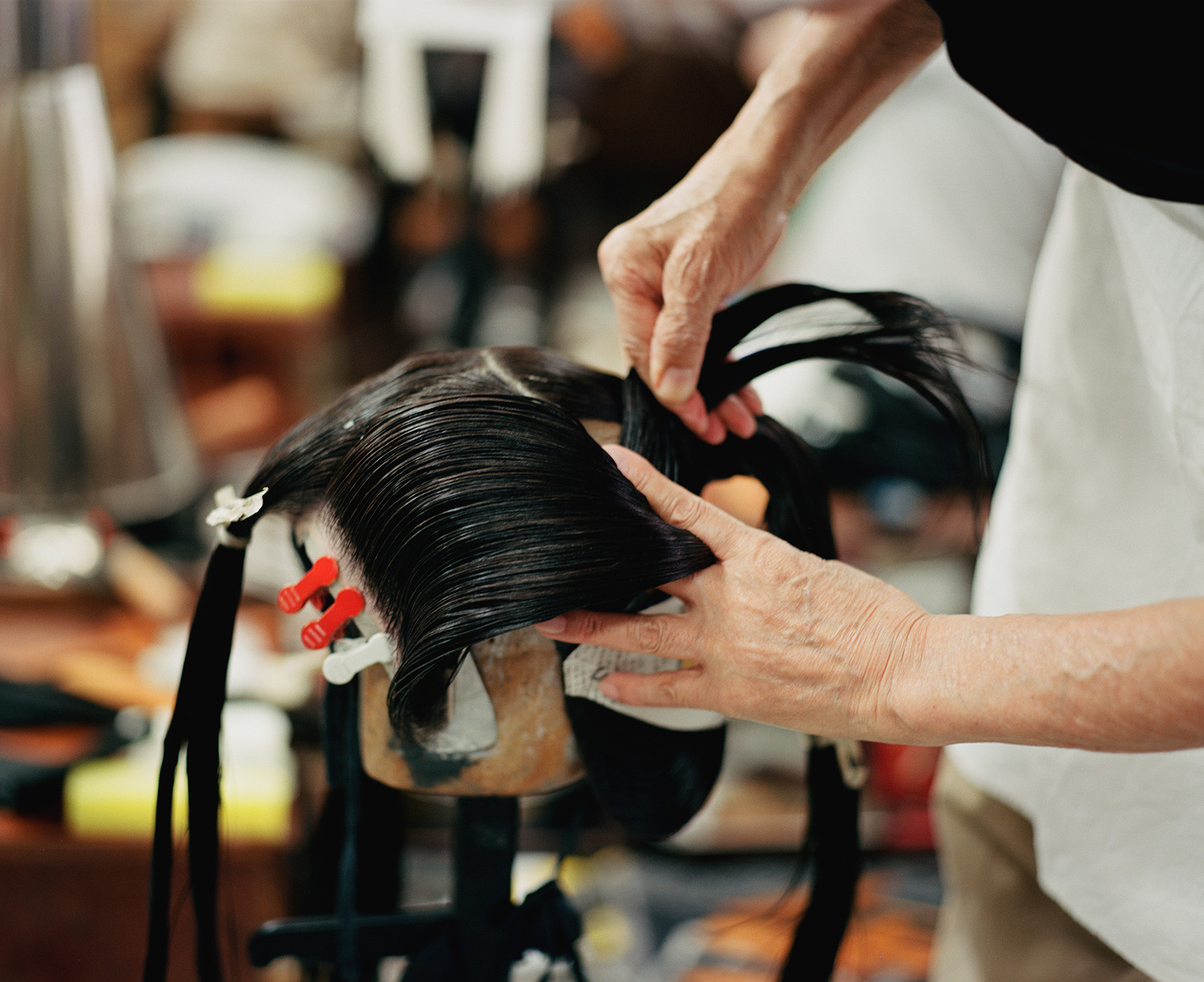
Salon founder Yasuo is a veteran with 70 years of experience in this field. Shortly after the war, he started training at a wig shop in his neighbourhood out of a need to simply make a living. ‘I didn’t know anything about wigmaking back then,’ he says. ‘When I started my training, there was a high demand for Japanese wigs, after the usual New Year’s break we had to work without a day off until summer, from 8am to midnight. I worked three times as hard as others.’
Wallpaper* Newsletter
Receive our daily digest of inspiration, escapism and design stories from around the world direct to your inbox.
After his training, he independently opened Kyokatsura Imanishi in 1966. Currently, the store is run by his eldest son, Yasunori, who has over 30 years of experience.
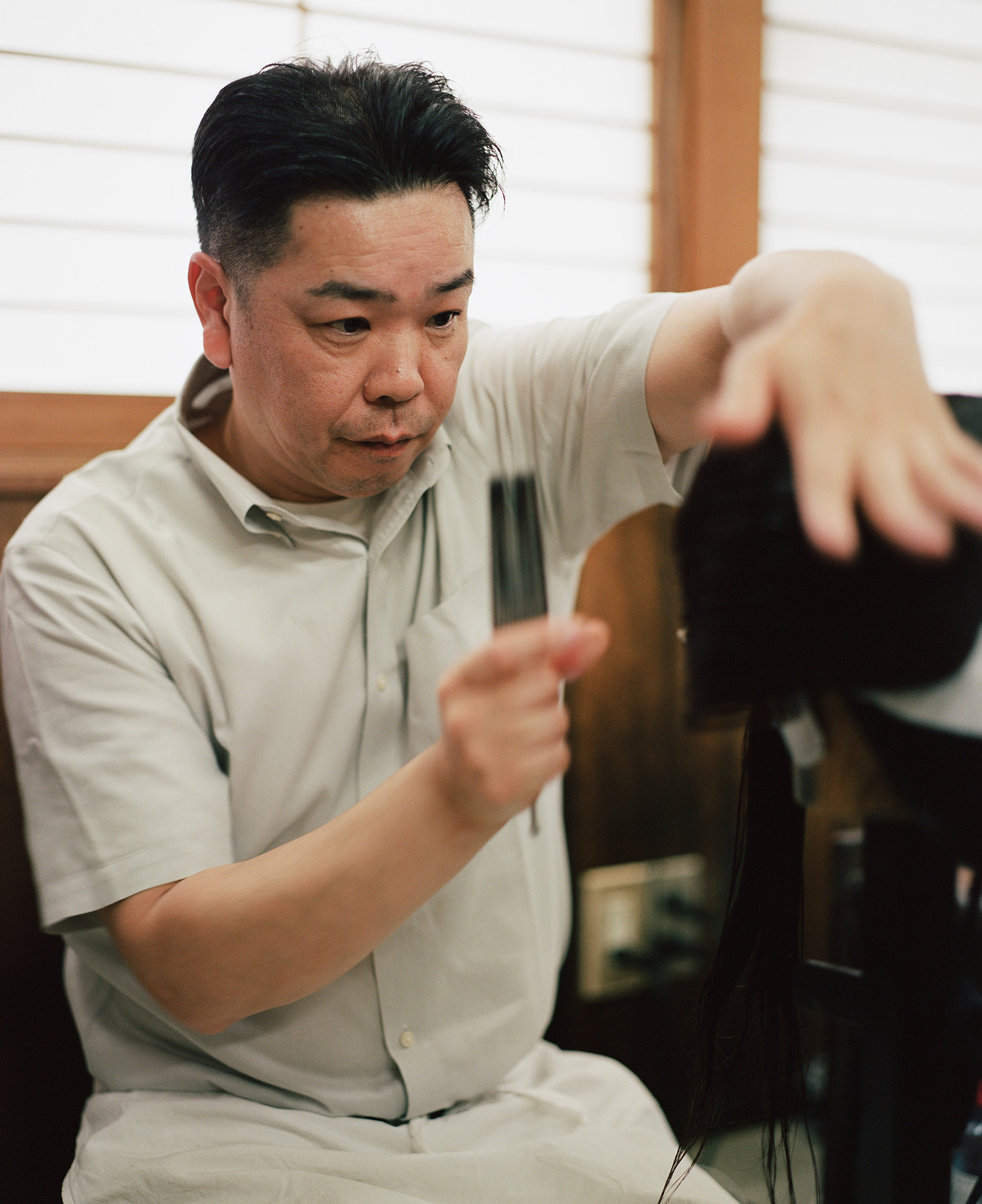
Yasunori Imanishi
Yasunori half-jokingly describes himself as ‘naive’. ‘Many people in the field train elsewhere before taking over the family business, but in our case, I was trained at this store from the beginning because of my father’s policy of not wanting me to follow other people’s methods,’ he explains.
His father has never taught him any of the techniques or know-how verbally. ‘I have never been told by my master to do this or that,’ Yasuo says. ‘Without any guidebooks, I had to learn by watching every step. I just did the same thing to my son, not meddling with him too much, but letting him learn by practising.’
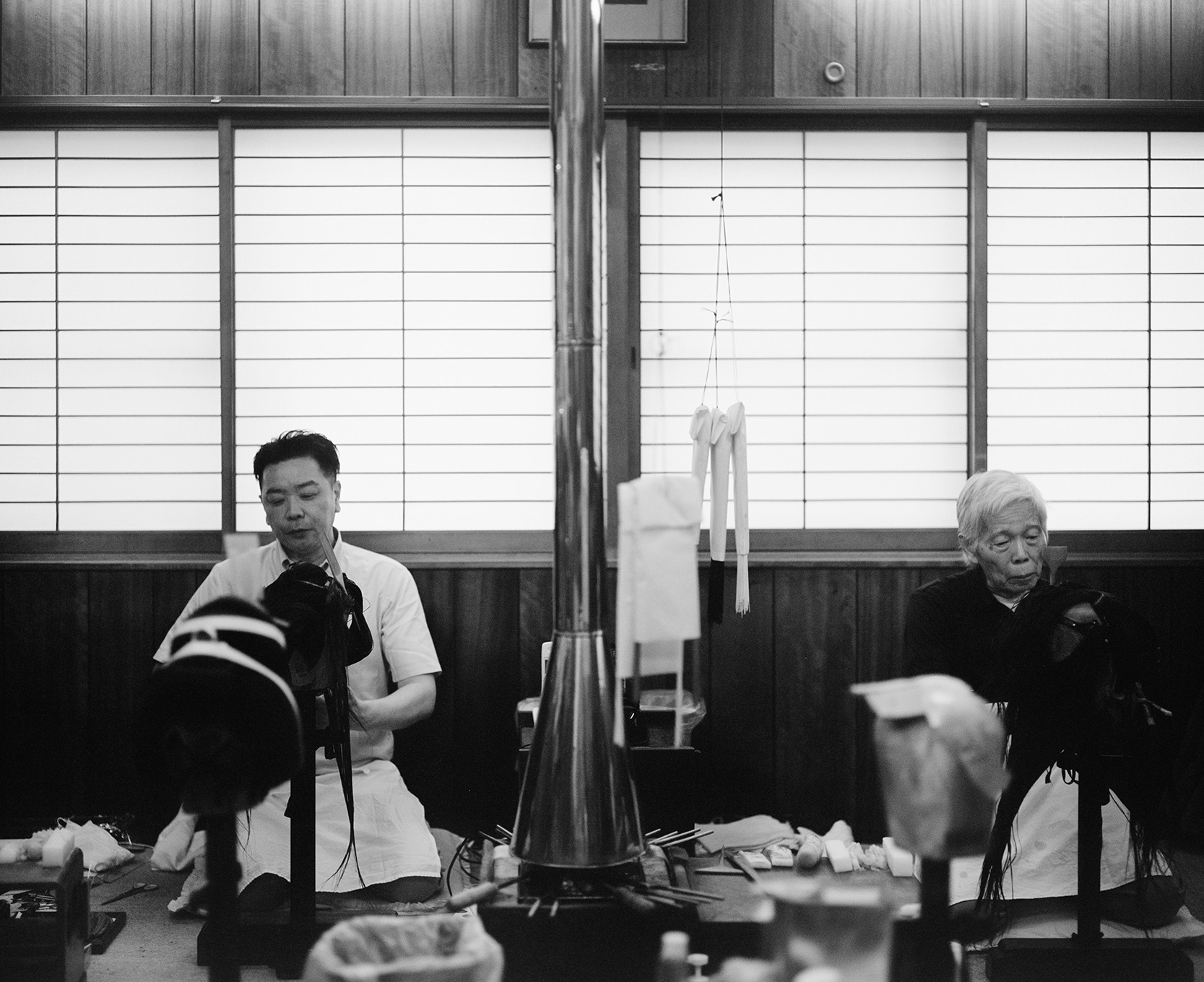
Yasunori and Yasuo at work
Most of their daily work consists of the maintenance of geiko wigs delivered from the teahouses. ‘Geiko use their wigs every day and re-tie them once a month. Most of them have to be returned within a day or so,’ Yasunori explains while his father sits next to him, constantly combing the hair of a wig. ‘When we arrive at work in the morning, the first thing we do is untie all the wigs and wipe off the old grease. Then put on new oil and use our antique hot iron to straighten the hair. Then we curl the hair and tie it up again. We do this process endlessly, from morning to evening.'
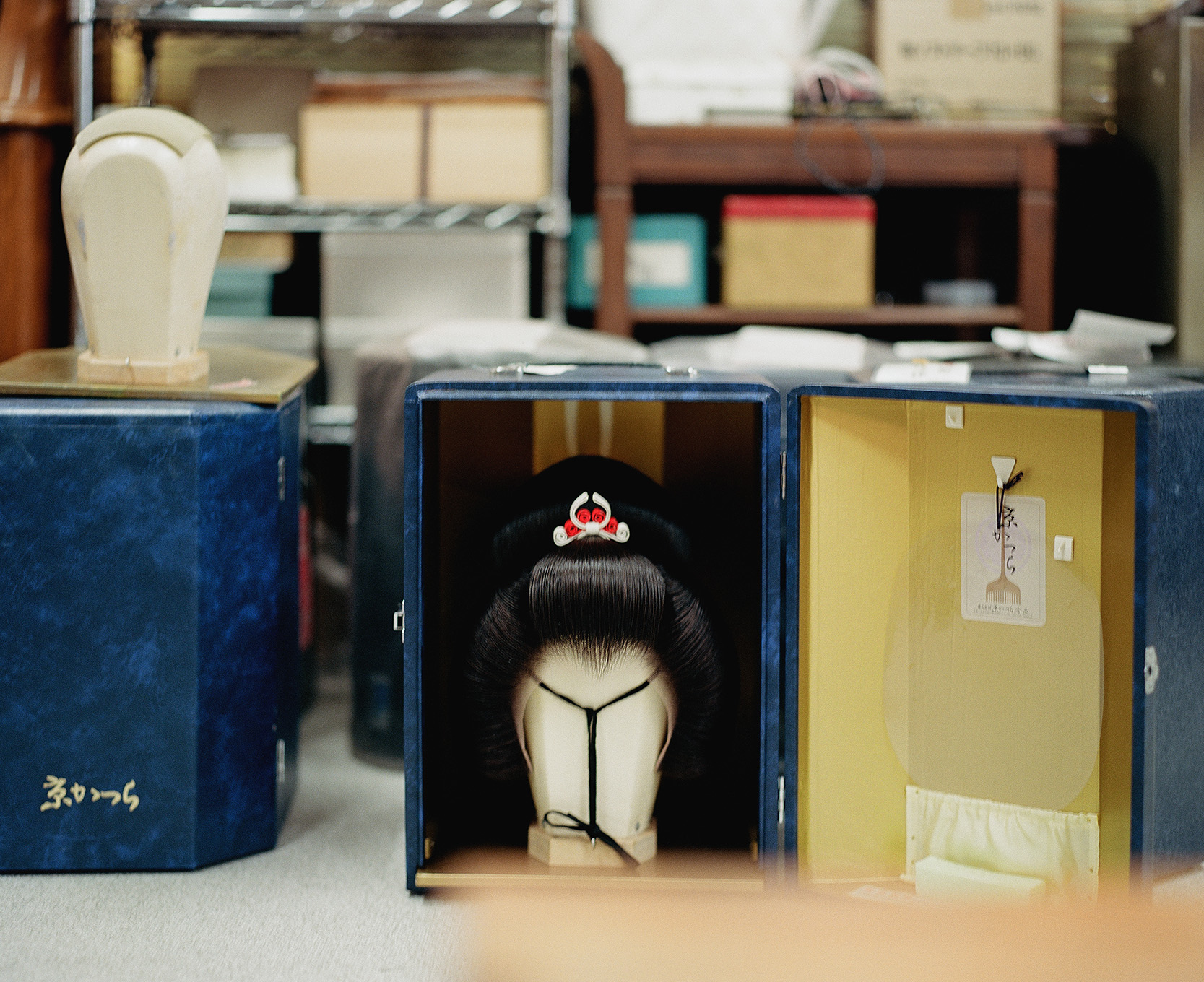
Their wigs are highly regarded by discerning geiko in Kyoto for their meticulous craftsmanship and carefully composed shapes that suit the look of each customer. ‘We know most of the faces of the customers who send us their wigs in for maintenance,’ they say. ‘If we don't know their faces, we ask for a portrait and work on it based on the photo,’ Yasuo continues. ‘To some extent, I can adjust the hair following their requests to make a face look a certain shape. However, we believe that our clients come to us because they like our style, so usually, they let us do what we think is best.’

When we asked the Imanishi family about their future prospects, they replied with concern: ‘We don't know yet.’ Like other traditional crafts, the future of this industry remains uncertain. ‘After all, our core client base is geiko, but their numbers are decreasing nationwide. Since the geisha world is declining, our business is also naturally downsizing. Sadly, that is the reality.’
The family are now focusing their efforts on promoting wigs for weddings. ‘Back in the day, when the economy was booming, many brides and grooms spent a lot of money on their weddings, and there were a lot of orders for wedding wigs. But nowadays, the number of people who hold weddings themselves is decreasing, especially for brides who wear kimonos and have their hair done in traditional Japanese style, which is less than 20 per cent of the total. That’s why we have started an Instagram page and are uploading videos to YouTube to promote our products,’ says Yasunori.
‘I became a part of this important Japanese culture without noticing it,’ Yasuo replies when asked why they kept working as wigmakers for such a long time. ‘In the past, we used to have seven or eight employees, but they have all left and are now working other jobs; the situation is the same for other traditional craft stores around me, so I desperately hope one of my sons will eventually take over and keep this tradition alive. That is my motivation now.’
Hearing this, his son laughs and intervenes, ‘Really? To be honest, this is all I can do. It’s all I’ve been doing for so long. But when geiko and the brides send us messages on social media thanking us for our work, that motivates me.’
Yasuo nods in agreement and says, ‘When the customers are happy, we are happy too, and that's what matters to us.’
On-set interpretation: Tsukasa Tanimoto. Production: Mothership Tokyo
-
 Neko Health expands in London with a new Spitalfields site. We take a scan
Neko Health expands in London with a new Spitalfields site. We take a scanWhat’s it like to experience Neko Health’s ultra-high-tech health scanning system? Wallpaper* went under the laser lights to find out
By Jonathan Bell Published
-
 Everything you need to know about Italy's Lake Maggiore, according to Formafantasma
Everything you need to know about Italy's Lake Maggiore, according to FormafantasmaFrom baroque gardens to panoramic views, Andrea Trimarchi and Simone Farresin show us around this Italian escape
By Sofia de la Cruz Published
-
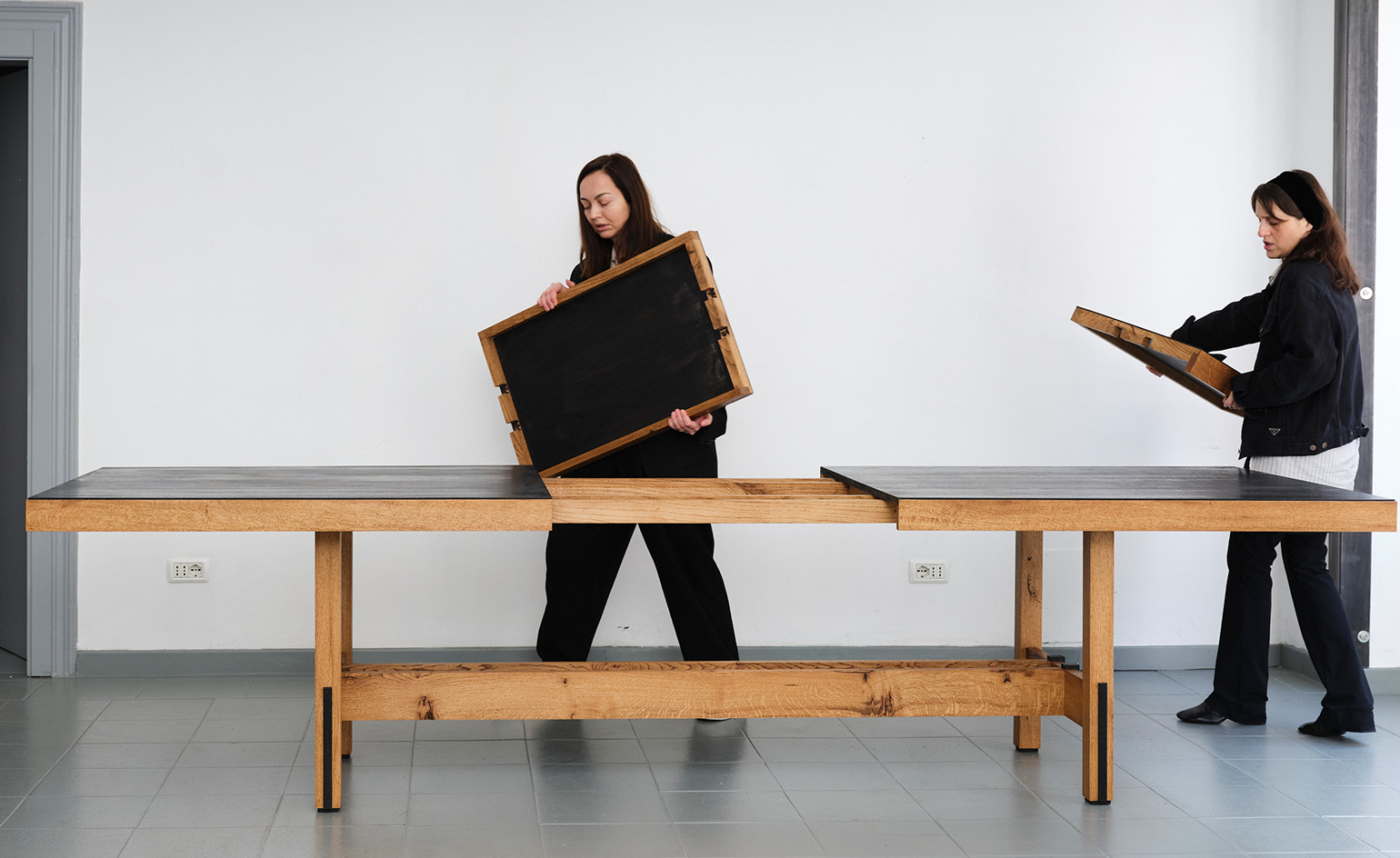 In Milan, Rooms Studio examines Georgia’s shifting social landscape
In Milan, Rooms Studio examines Georgia’s shifting social landscapeExpandable tables that reference recent government protests and lamps held together with ‘chewing gum’ feature in the Tbilisi-based studio’s Milan Design Week 2025 installation
By Dan Howarth Published
-
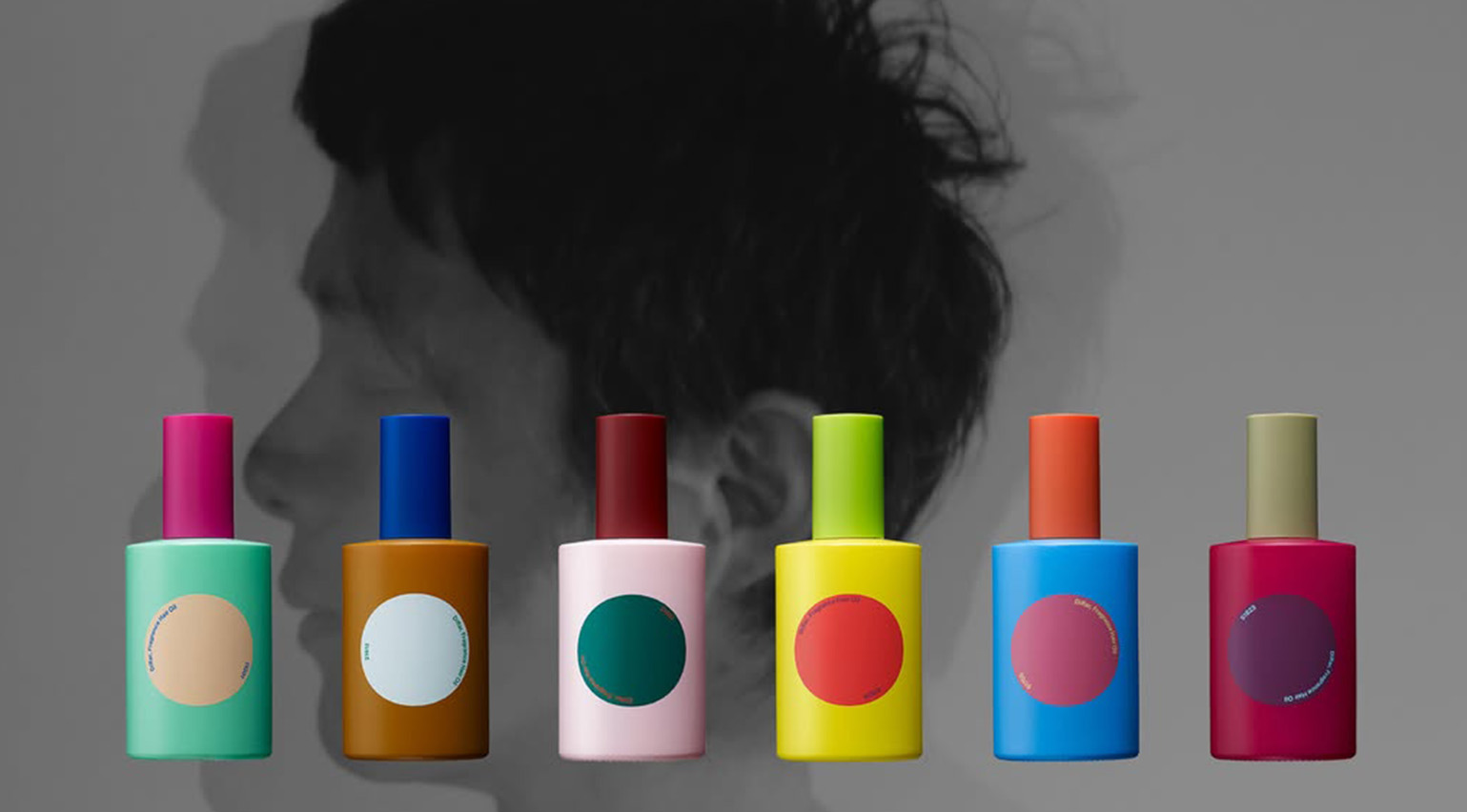 Diffar is a new Japanese hair brand making perfume oil at the foot of Mount Fuji
Diffar is a new Japanese hair brand making perfume oil at the foot of Mount FujiDiffar, a newly founded Japanese beauty brand, creates perfume oils for hair in its Mount Fuji laboratory that are set to travel the world
By Minako Norimatsu Published
-
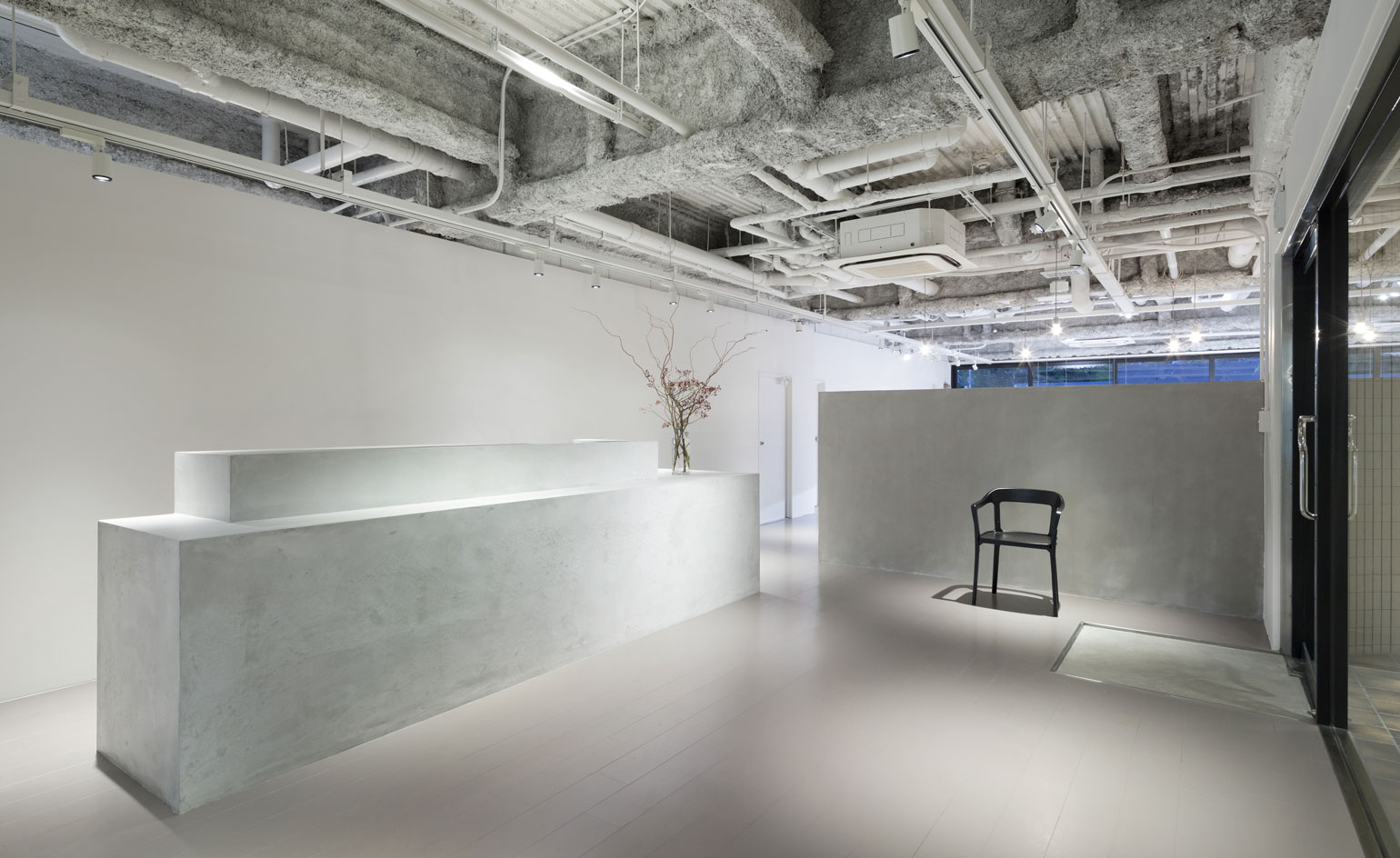 Kyoto’s Flux hair salon gets a minimalist make-under complete with concrete beauty bar
Kyoto’s Flux hair salon gets a minimalist make-under complete with concrete beauty barBy Jessica-Christin Hametner Last updated